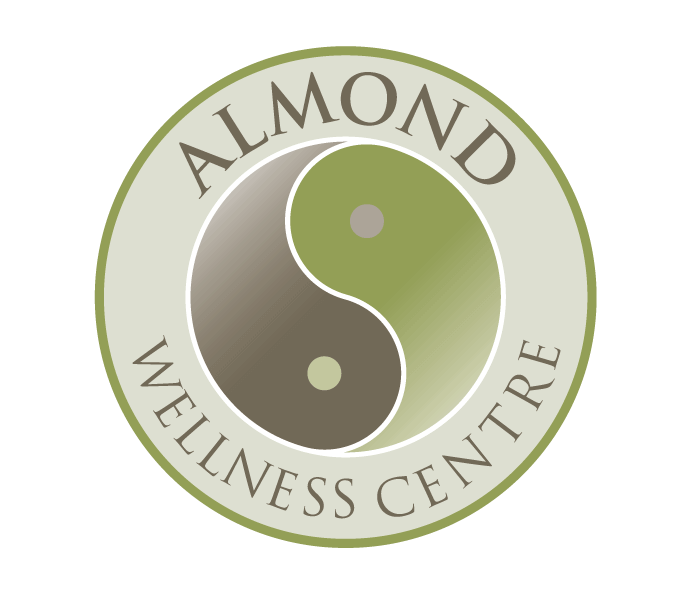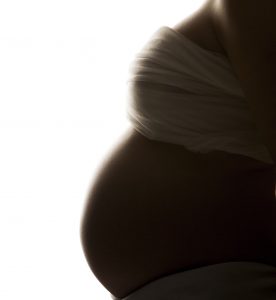Quick Navigation
As acupuncturists at Almond Wellness Centre in Melbourne, we’ve seen how amazing pregnancy can be. It’s a journey full of joy and sometimes a few challenges. One such challenge is a breech presentation, where the baby is in a bottom-down position. This happens often during the second trimester. While most babies naturally turn head-down before labor, some don’t. This can make birth harder and increase the chance of a caesarean section.
Discovering the Power of Moxibustion
A recent study published in the Cochrane Library explored moxibustion. This traditional Chinese medicine technique might help turn breech babies. Moxibustion involves burning a herb called Artemesia spp. near an acupuncture point on the little toe. This creates a warming sensation that stimulates the uterus. The mother or a trained family member can administer this technique. The goal is to encourage the baby to move into a head-down position before birth.
What the Study Revealed
The study looked at 13 different studies involving 2,181 women and their babies. It found that moxibustion, used with usual care or even sham moxibustion, likely reduces the number of breech babies at birth compared to standard care alone. However, the data on whether moxibustion reduces the need for external cephalic version (a procedure to manually turn the baby) was limited.
Interestingly, moxibustion did not significantly reduce the number of caesarean sections. But it probably reduced the use of oxytocin, a hormone used to induce or strengthen contractions during labor. There was limited evidence on how moxibustion affects the timing of membrane rupture and the acidity of umbilical cord blood.
Researcher’s Conclusion
The study found moderate-certainty evidence that moxibustion, combined with usual care, likely reduces the chance of a breech position at birth. Its impact on the need for external cephalic version remains uncertain. Moxibustion seems to have a minimal effect on caesarean section rates. More investigation is needed to understand its influence on other factors, such as premature rupture of membranes and umbilical cord blood acidity levels.
Almond Wellness Centre Melbourne
At Almond Wellness Centre, we’ve been integrating acupuncture and Chinese medicine with infertility treatments for over two decades. We are proud of our ongoing commitment to helping pregnancy-related symptoms through these ancient practices.
If you have questions about moxibustion for breech babies or would like to learn more about how acupuncture can support your pregnancy, please reach out to our experienced team. We’re here to help you navigate this beautiful journey. Visit us at our Coburg acupuncture clinic or Ringwood acupuncture clinic, and let’s chat about how we can support you.
Here’s to a magical pregnancy journey and the extraordinary experience of bringing new life into the world!

